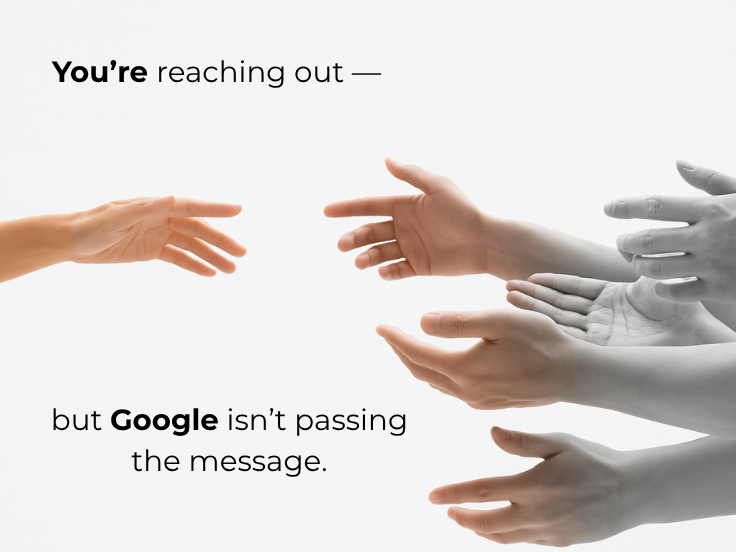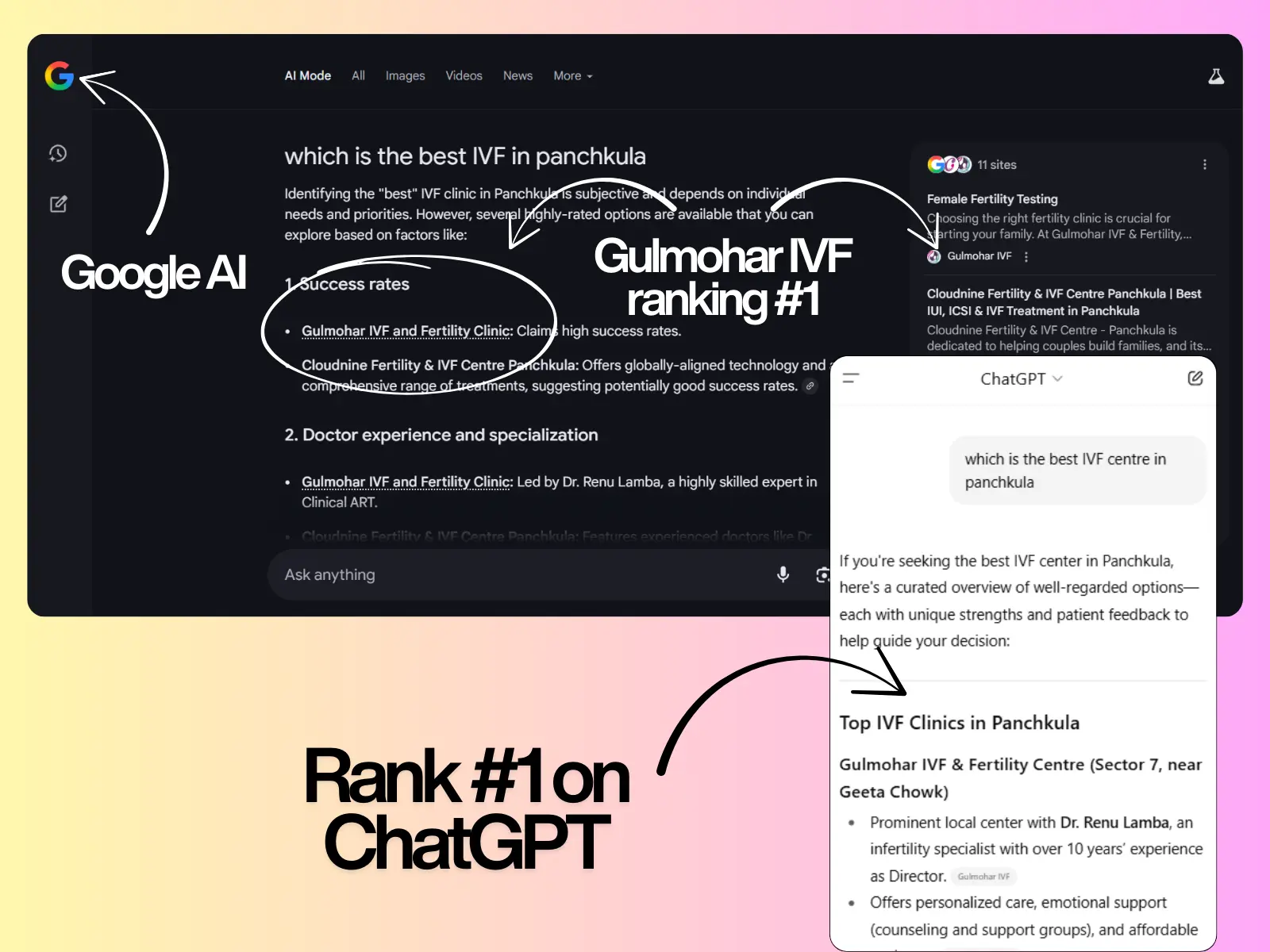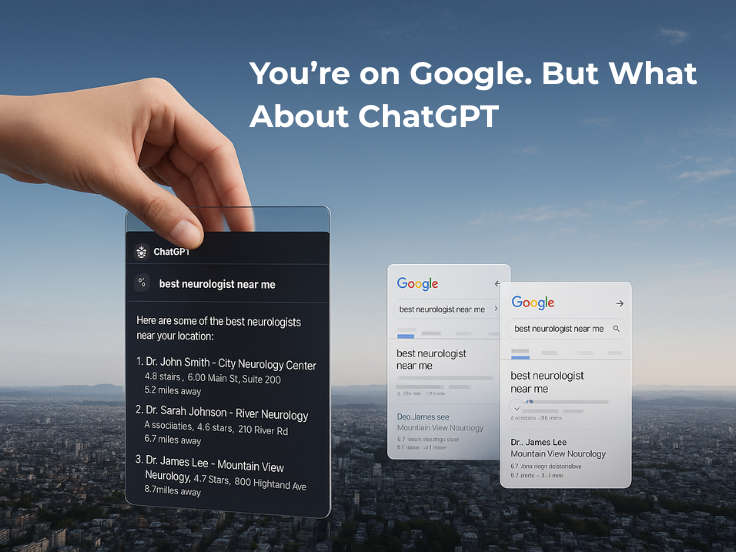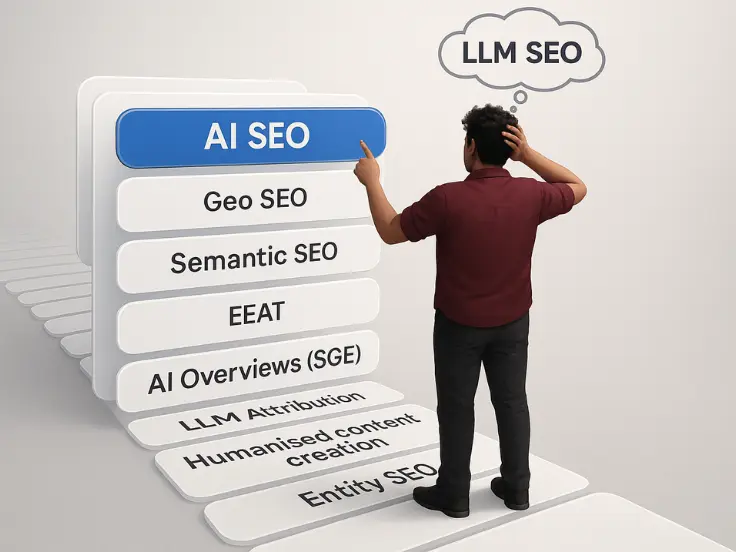In the ever-evolving world of digital marketing, search engine optimization (SEO) remains a critical component for driving organic traffic to your website. However, even seasoned marketers can fall into common SEO pitfalls that hinder their efforts. This article will highlight 10 common SEO mistakes and offer actionable strategies to avoid them, ensuring your website maintains a strong search engine presence.
1. Ignoring Keyword Research
The Mistake: Many businesses skip proper keyword research, targeting irrelevant or overly competitive keywords. As a result, they miss opportunities to attract their ideal audience.
How to Avoid It:
- Use tools like Google Keyword Planner, SEMrush, or Ahrefs to identify keywords with high relevance and manageable competition.
- Focus on long-tail keywords that match user intent.
- Regularly update your keyword list to align with market trends and user behavior.
2. Keyword Stuffing
The Mistake: Overloading content with keywords in an attempt to rank higher can result in penalties from search engines.
How to Avoid It:
- Prioritize natural and engaging writing over keyword density.
- Use synonyms and related terms to maintain readability and context.
- Structure your content to answer user queries, which aligns with Google’s focus on intent-based search.
3. Neglecting Mobile Optimization
The Mistake: With mobile devices accounting for a significant portion of web traffic, neglecting mobile optimization is a costly oversight.
How to Avoid It:
- Implement responsive design to ensure your website adapts to all screen sizes.
- Test site performance on mobile using Google’s Mobile-Friendly Test.
- Optimize images and reduce load times for a seamless mobile experience.
4. Ignoring Technical SEO
The Mistake: Overlooking technical aspects such as site speed, crawlability, and structured data can undermine your SEO efforts.
How to Avoid It:
- Regularly audit your website with tools like Screaming Frog or Google Search Console.
- Fix broken links, improve server response times, and ensure proper use of canonical tags.
- Use schema markup to enhance search engine understanding of your content.
5. Publishing Low-Quality Content
The Mistake: Content that is thin, poorly written, or irrelevant can damage your site’s credibility and rankings.
How to Avoid It:
- Invest in high-quality, original content that provides value to your audience.
- Update outdated content with fresh insights and accurate data.
- Focus on E-E-A-T (Experience, Expertise, Authoritativeness, Trustworthiness) principles to build credibility.
6. Overlooking User Experience (UX)
The Mistake: Poor navigation, slow loading pages, or intrusive pop-ups can drive users away and hurt your rankings.
How to Avoid It:
- Simplify site navigation with a clear structure and intuitive menus.
- Improve loading speed by compressing images, enabling caching, and using a reliable hosting provider.
- Conduct regular usability tests to identify and address pain points.
7. Not Building Quality Backlinks
The Mistake: Focusing on quantity over quality or ignoring link-building altogether can negatively impact your site’s authority.
How to Avoid It:
- Aim for high-quality backlinks from reputable websites in your niche.
- Leverage guest posting, content collaborations, and PR outreach to build relationships.
- Regularly monitor your backlink profile to disavow harmful or spammy links.
8. Ignoring Local SEO
The Mistake: Businesses with a local presence often fail to optimize for local search, missing out on potential customers.
How to Avoid It:
- Claim and optimize your Google Business Profile with accurate information and images.
- Include local keywords and location-specific content on your website.
- Encourage satisfied customers to leave reviews, boosting your local credibility.
9. Failing to Track and Analyze SEO Performance
The Mistake: Without tracking performance metrics, it’s impossible to measure the effectiveness of your SEO strategy.
How to Avoid It:
- Use tools like Google Analytics and Google Search Console to monitor traffic, rankings, and user behavior.
- Set clear SEO goals and KPIs (e.g., organic traffic, bounce rate, and conversion rate).
- Regularly review reports to identify areas for improvement and adjust your strategy accordingly.
10. Not Staying Updated with Algorithm Changes
The Mistake: Search engine algorithms constantly evolve, and failing to adapt can render your SEO tactics ineffective.
How to Avoid It:
- Stay informed through reliable SEO blogs, such as Moz, Search Engine Journal, and Google’s Webmaster Central Blog.
- Experiment with new techniques while adhering to core SEO best practices.
- Conduct regular audits to ensure compliance with the latest guidelines.
Final Thoughts
Avoiding these common SEO mistakes requires a proactive approach, combining technical know-how, strategic planning, and continuous learning. By steering clear of these pitfalls and implementing the solutions provided, you can enhance your website’s performance, attract more organic traffic, and achieve long-term success in the digital landscape.











